-
 bitcoin
bitcoin $114684.631706 USD
-0.87% -
 ethereum
ethereum $4228.677447 USD
1.58% -
 bnb
bnb $1294.880693 USD
-1.16% -
 tether
tether $1.000819 USD
-0.02% -
 xrp
xrp $2.605138 USD
2.79% -
 solana
solana $209.908690 USD
5.89% -
 usd-coin
usd-coin $0.999903 USD
-0.03% -
 dogecoin
dogecoin $0.213423 USD
2.93% -
 tron
tron $0.322721 USD
-0.10% -
 cardano
cardano $0.727247 USD
3.66% -
 hyperliquid
hyperliquid $42.339456 USD
6.05% -
 chainlink
chainlink $19.910811 USD
5.16% -
 ethena-usde
ethena-usde $1.000557 USD
0.00% -
 stellar
stellar $0.349734 USD
2.69% -
 bitcoin-cash
bitcoin-cash $543.848687 USD
-0.21%
which blockchain platform introduced smart contract
Ethereum's pioneering incorporation of smart contracts in 2015 laid the foundation for a revolution in various industries.
Oct 19, 2024 at 05:30 am

Smart contracts, self-executing agreements on a blockchain network, have revolutionized various industries. The platform that introduced smart contracts and paved the way for their widespread adoption is Ethereum. Let's delve into the history and evolution of smart contracts on Ethereum:
1. Concept and Development (2013-2015)- The concept of smart contracts was initially proposed by Nick Szabo in the mid-1990s.
- In 2013, Vitalik Buterin, a Russian-Canadian programmer, proposed the Ethereum project, which would incorporate smart contracts as a core feature.
- On July 30, 2015, the Ethereum blockchain was launched, introducing the Ethereum Virtual Machine (EVM) capable of executing smart contracts.
- The first smart contract on Ethereum was created by Buterin and was used to hold Ether, the native cryptocurrency of the platform.
- Solidity, a high-level programming language designed specifically for developing smart contracts, was introduced in 2016.
- Solidity's user-friendly syntax and Ethereum's vast developer community contributed to the burgeoning smart contract ecosystem.
- With the advent of smart contracts, decentralized applications (dApps) began to emerge.
- dApps are applications that run on a distributed network of computers rather than a centralized server.
- Smart contracts enabled the development of autonomous and transparent dApps in various fields, including finance, supply chain management, and healthcare.
- In 2017, CryptoKitties, a blockchain-based game featuring collectible digital cats, gained immense popularity.
- CryptoKitties showcased the potential of smart contracts in creating unique digital collectibles and fostered mainstream interest in blockchain technology.
- On September 15, 2022, Ethereum transitioned from a proof-of-work (PoW) consensus mechanism to a proof-of-stake (PoS) mechanism known as "The Merge."
- The Merge significantly reduced Ethereum's energy consumption and paved the way for future scalability improvements.
Ethereum's introduction of smart contracts has transformed the world of decentralized computing. From its inception in 2015 to its continuous evolution today, Ethereum has empowered developers and businesses to create innovative and groundbreaking applications that rely on the immutability and transparency of blockchain technology.
Disclaimer:info@kdj.com
The information provided is not trading advice. kdj.com does not assume any responsibility for any investments made based on the information provided in this article. Cryptocurrencies are highly volatile and it is highly recommended that you invest with caution after thorough research!
If you believe that the content used on this website infringes your copyright, please contact us immediately (info@kdj.com) and we will delete it promptly.
- XRP Price Prediction: Weekend Rollercoaster or Rally?
- 2025-10-12 08:45:16
- Bittensor (TAO): Super Bullish Signals Point to Potential 2x Rally
- 2025-10-11 10:25:12
- Silver Price Correction: Navigating the Dip & Identifying Key SEO Keywords
- 2025-10-11 10:25:12
- Decoding Crypto Trends: Bittensor's Bull Run, Cardano's Dip, and LivLive's Presale Buzz in 'Uptober 2025'
- 2025-10-12 08:45:16
- MoonBull: The Crypto Meme Coin Promising 1000x Gains?
- 2025-10-11 10:30:01
- Crypto Payroll Revolution: Stablecoins, Altcoins, and the Future of Salary Payments
- 2025-10-11 10:30:01
Related knowledge
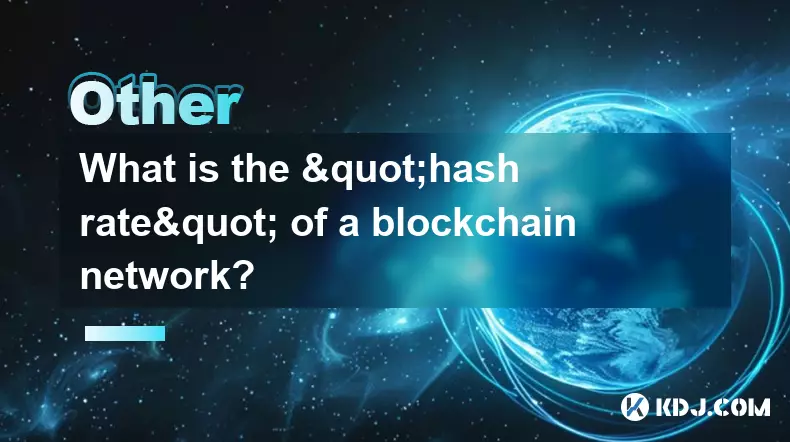
What is the "hash rate" of a blockchain network?
Oct 10,2025 at 03:55pm
Understanding Hash Rate in Blockchain Networks1. The hash rate refers to the total computational power being used to process transactions and mine new...
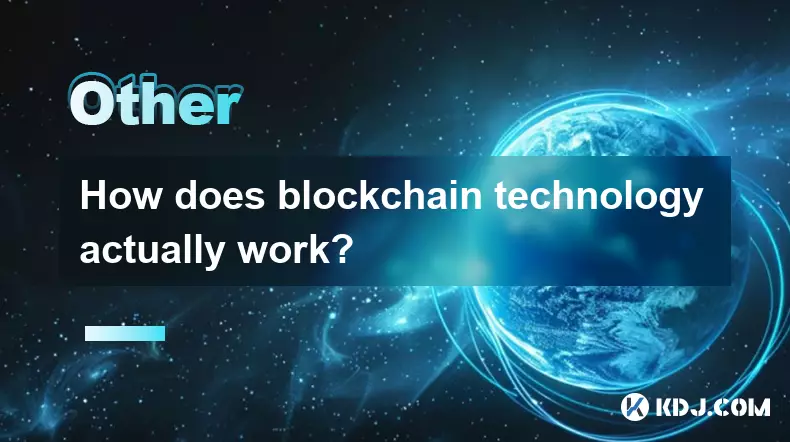
How does blockchain technology actually work?
Oct 11,2025 at 02:36pm
Understanding the Core Mechanism of Blockchain1. At its foundation, blockchain is a decentralized digital ledger that records transactions across mult...

What is a token economy?
Sep 20,2025 at 12:18am
Understanding the Foundations of a Token Economy1. A token economy in the context of cryptocurrency refers to a system where digital tokens are used a...
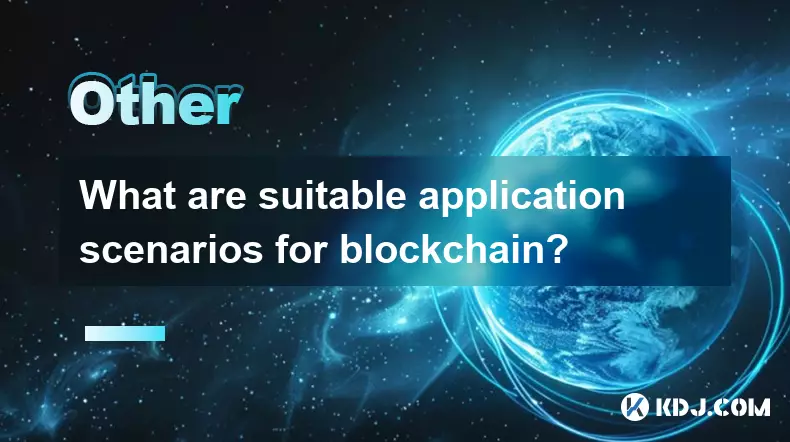
What are suitable application scenarios for blockchain?
Sep 20,2025 at 03:19am
Decentralized Finance (DeFi) Platforms1. Blockchain enables the creation of financial services without centralized intermediaries, allowing users to l...
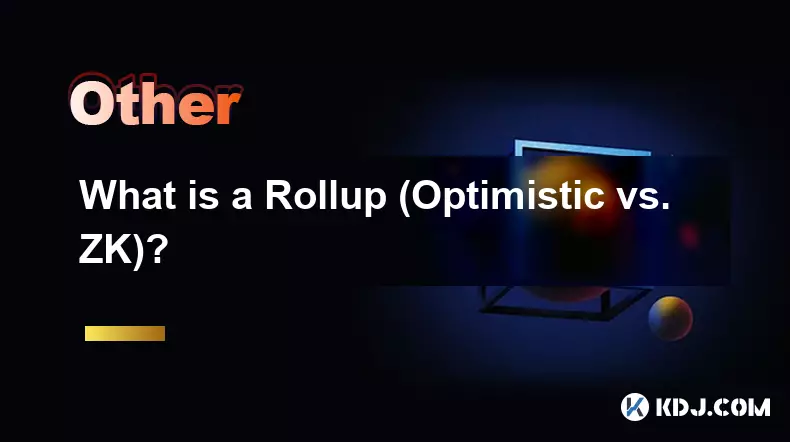
What is a Rollup (Optimistic vs. ZK)?
Sep 22,2025 at 03:00pm
Understanding Rollups in Blockchain Technology1. Rollups are layer-2 scaling solutions designed to increase transaction throughput on blockchains like...
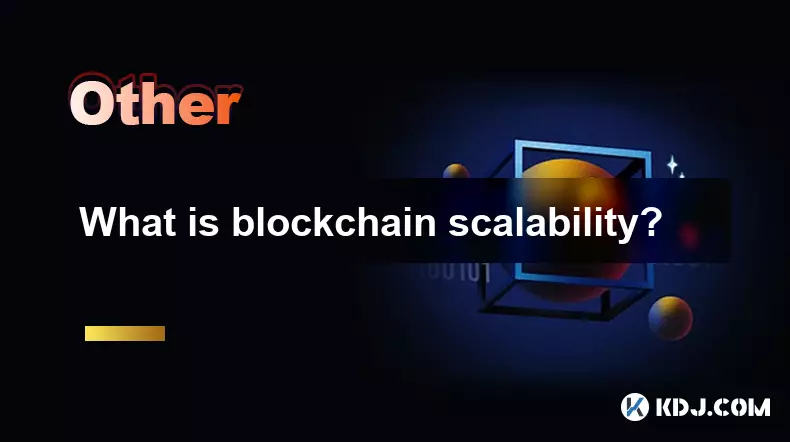
What is blockchain scalability?
Sep 19,2025 at 06:18am
Understanding Blockchain Scalability1. Blockchain scalability refers to a network's ability to handle an increasing number of transactions without com...

What is the "hash rate" of a blockchain network?
Oct 10,2025 at 03:55pm
Understanding Hash Rate in Blockchain Networks1. The hash rate refers to the total computational power being used to process transactions and mine new...

How does blockchain technology actually work?
Oct 11,2025 at 02:36pm
Understanding the Core Mechanism of Blockchain1. At its foundation, blockchain is a decentralized digital ledger that records transactions across mult...

What is a token economy?
Sep 20,2025 at 12:18am
Understanding the Foundations of a Token Economy1. A token economy in the context of cryptocurrency refers to a system where digital tokens are used a...

What are suitable application scenarios for blockchain?
Sep 20,2025 at 03:19am
Decentralized Finance (DeFi) Platforms1. Blockchain enables the creation of financial services without centralized intermediaries, allowing users to l...

What is a Rollup (Optimistic vs. ZK)?
Sep 22,2025 at 03:00pm
Understanding Rollups in Blockchain Technology1. Rollups are layer-2 scaling solutions designed to increase transaction throughput on blockchains like...

What is blockchain scalability?
Sep 19,2025 at 06:18am
Understanding Blockchain Scalability1. Blockchain scalability refers to a network's ability to handle an increasing number of transactions without com...
See all articles
























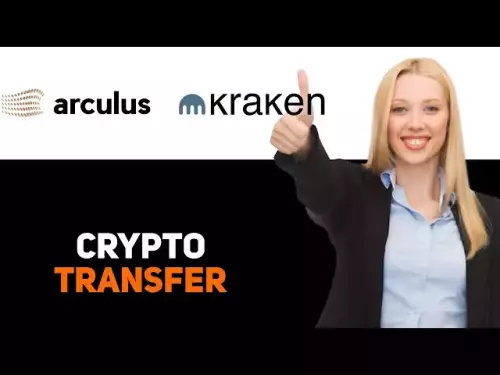
![[4K 60fps] Prisma by novichokk (1 Coin) [4K 60fps] Prisma by novichokk (1 Coin)](/uploads/2025/10/14/cryptocurrencies-news/videos/k-fps-prisma-novichokk-coin/68ee49804ba00_image_500_375.webp)
















































